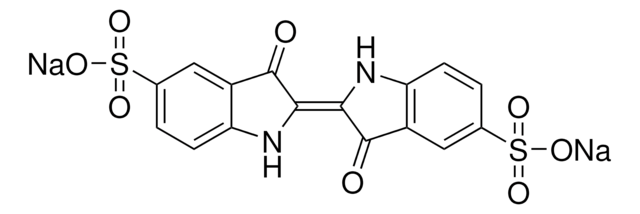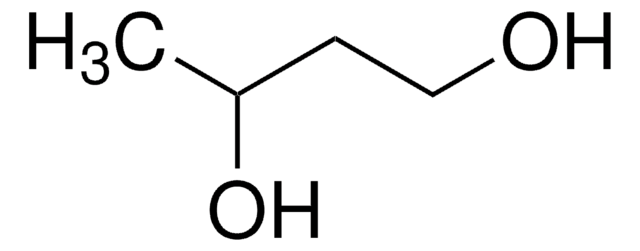All Photos(3)
About This Item
Linear Formula:
K2SO4
CAS Number:
Molecular Weight:
174.26
EC Number:
MDL number:
UNSPSC Code:
12352302
PubChem Substance ID:
NACRES:
NB.24
Assay:
≥99.0%
grade:
ACS reagent
form:
powder
Recommended Products
grade
ACS reagent
Quality Level
Agency
suitable for EPA 300
Assay
≥99.0%
form
powder
impurities
≤0.01% insolubles
≤5 ppm N compounds
pH
5.5-5.8 (25 °C, 5%)
anion traces
chloride (Cl-): ≤0.001%
cation traces
Ca: ≤0.01%
Fe: ≤5 ppm
Mg: ≤0.005%
Na: ≤0.02%
heavy metals: ≤5 ppm (by ICP)
SMILES string
[K+].[K+].[O-]S([O-])(=O)=O
InChI
1S/2K.H2O4S/c;;1-5(2,3)4/h;;(H2,1,2,3,4)/q2*+1;/p-2
InChI key
OTYBMLCTZGSZBG-UHFFFAOYSA-L
Looking for similar products? Visit Product Comparison Guide
General description
Potassium sulfate (K2SO4)is a colorless compound having rhombic or hexagonal crystals. It readily forms double salts with the sulfate of trivalent metals, which are known as Alums. It also forms double salts with calcium, magnesium and sodium sulfates. It is widely employed as a fertilizer. K2SO4 can be extracted from various complex salts in nature, such as Kainite, langbeinite and carpathein mineral ores. It can be synthesized by reacting KCl and sulfuric acid, via Mannheim process.
Potassium sulfate is a water-soluble inorganic salt that is commonly used in fertilizers. It can be prepared by reacting phosphogypsum and potassium chloride. K2SO4 can form needle-like mullite particles on heating with aluminum sulfate and silicon dioxide. Its application to the soil has shown to minimize bronzing of rice plants.
Application
Potassium sulfate may be used as a sulfonating agent in the preparation of 4′-dibenzo-18-crown-6-sulfonic acid via sulfonation of dibenzo-18-crown-6.
Potassium sulfate may be used in the preparation of needlelike mullite particles. It may be used as a buffer for minimizing the adsorption of proteins on fused-silica capillaries in capillary zone electrophoresis.
Storage Class Code
13 - Non Combustible Solids
WGK
WGK 1
Flash Point(F)
Not applicable
Flash Point(C)
Not applicable
Choose from one of the most recent versions:
Already Own This Product?
Find documentation for the products that you have recently purchased in the Document Library.
Customers Also Viewed
Sulfonation of benzocrown ethers by potassium sulfate in polyphosphoric acid.
Grebenyuk AD, et al.
Chemistry of Heterocyclic Compounds, 37(7), 822-826 (2001)
Rice bronzing in Nigeria caused by nutrient imbalances and its control by potassium sulfate application.
Yamauchi M.
Plant and Soil, 117(2), 275-286 (1989)
Conversion of phosphogypsum to potassium sulfate.
Aagli A, et al.
Journal of Thermal Analysis and Calorimetry, 82(2), 395-399 (2005)
Eagleson M.
Concise Encyclopedia Chemistry, 890-890 (1994)
Minimizing adsorption of proteins on fused silica in capillary zone electrophoresis by the addition of alkali metal salts to the buffers.
Green JS and Jorgenson JW.
Journal of Chromatography A, 478, 63-70 (1989)
Our team of scientists has experience in all areas of research including Life Science, Material Science, Chemical Synthesis, Chromatography, Analytical and many others.
Contact Technical Service







